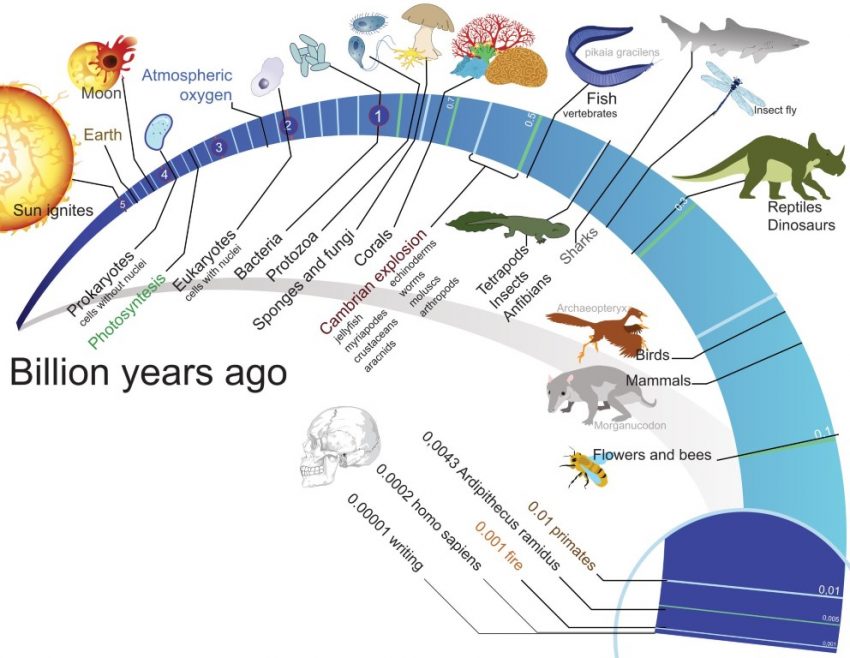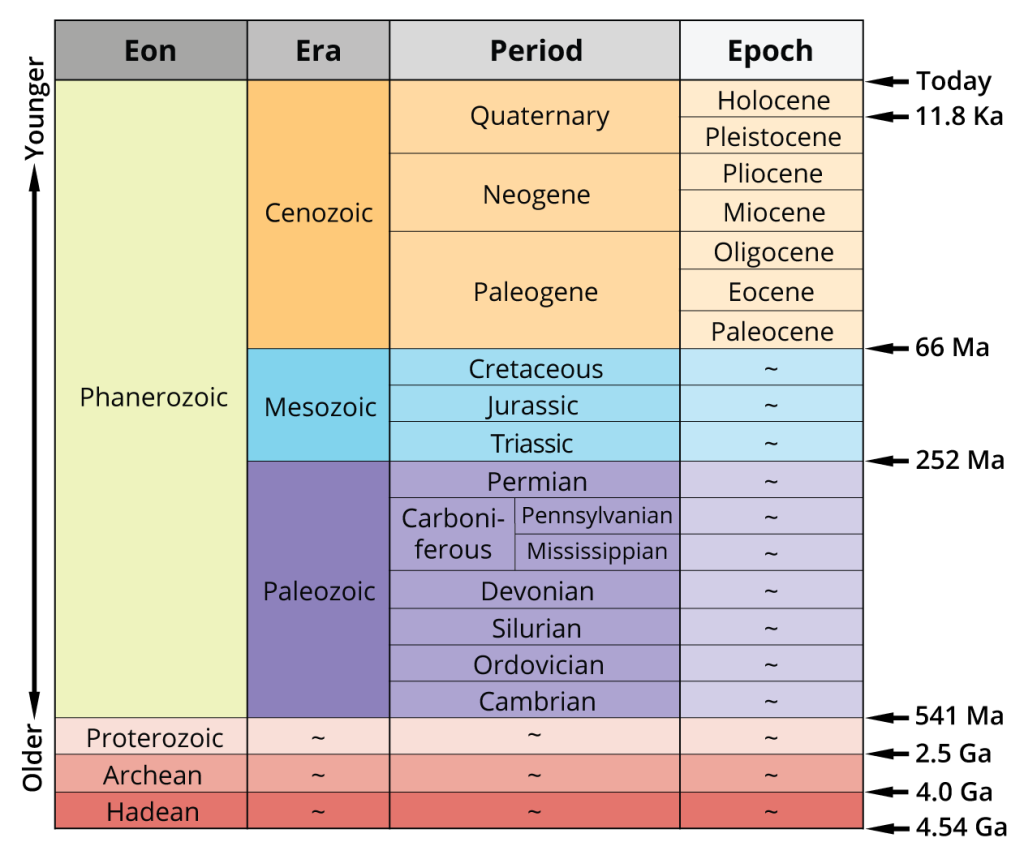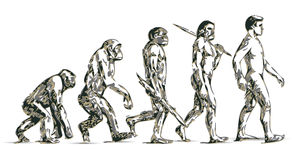They came, They evolved, We conquered.
This season is coming to an end, but we are just starting! Evolution is a saga that designed us, birthed us, and sculpted us. And is still shaping us.
Till now, we have taken a glimpse at the creation of the universe. It all started with the BIG BANG, and the rest was history. The magnitude of these events is a difficult concept for us to grasp. We all happen to be of the same opinion when it comes to being completely taken aback by the realities that the universe has whipped up for us. Let’s go to a rendezvous with our past.

From where and when did life emerge?

It is a frequently asked question and sinks in when one realizes how small they are on this big ball of possibilities. The conventional view of the origin of life leads us to believe that a combination of some elementary chemicals was able to leaven the union of the same chemicals, subsequently enough to begin a process that was both intricate and coherent – evolution.
In the previous article of this series, we discussed how a self-replicating complex molecule formed after ‘cosmic waters’ pervaded our planet. This was a result of an ‘explosion’ which was quite similar to the BIG BANG. Well, no one was successful in decoding the secret behind the creation of this complex molecule. The origin of this complex molecule itself has been a gravelling puzzle ever since we could perceive the gravity of such events. Although we know one fact for sure, this complex molecule started its journey in the water.
A labyrinth of identical beginnings.
It is unbelievable how the ancestry of every living being can be traced back to just one LUCA, the Last Universal Common Ancestor, that existed 3 billion years ago. Just the fact that we and every lichen and cockroach and all life on the Earth has descended from that one bacterium is phenomenal. The fundamental pattern, both in form and in the matter, of all life on the Earth, is cognate even if we consider superficial differences.
Most of us know the biblical story of Adam and Eve, the most celebrated couple in the history of time. Creationism, a religious belief where the creation of the universe is considered to be an act of supreme power, was predominantly followed before Charles Darwin decided to board the H.M.S Beagle in 1831. Even though science and creationism do not share a very amicable past, creationism was an easily digestible concept since no one else had proof to tell otherwise. Nobody had a sniff of the glorious past that we all shared and the fact that creatures that lived in the past were fundamentally our ancestors. This spell of blissful ignorance was broken by the advent of evolutionary thinking that was dominantly powered by Charles Darwin.
Always evolving.

Evolution has been a widely accepted theory that explains the origin of life. It has provided a scientific explanation for the varieties of organisms on the Earth, and the similarities and differences they bring with them. Evolution essentially means changes in gene frequencies over time. Darwin was able to collect proof that demonstrated this change, a series of biological transitions over the course of time. Contrary to the popular belief, evolution is not a steady parade towards perfection or magnification of complexity. It favours simplicity and efficiency as well as complexity.
Natural selection is one of the most important backbones of evolution. It is nature’s way of filtering out living organisms that are not able to adapt and change according to varying natural circumstances. Hence, only the fittest individuals blaze out victorious.

Although we stemmed off from the same LUCA, living organisms, be it of the same species or different kingdom altogether, show variation in fundamental characteristics. This variation is due to the differences in the genetic makeup. This population speciation helps us to distinguish living organisms based on their morphological, physiological, and genetic characters. Evolution is a persistent process. Even though observable changes, may it be addition or deletion of traits, are not easily noticed, it is still happening. African elephants are evolving without tusks. They have been poached for their ivory tusks ever since the Europeans set foot on the beautiful land teeming with wildlife. Under poaching pressure, elephants did not grow tusks at all. It was an adaptive mechanism to increase their rate of survival. This ‘tuskless’ genetic trait seen in African elephants is one of the many examples that proves evolution to be a continuous process.
Mosquitoes and dinosaurs.
Jurassic Park was probably every 9-year old’s dream place to visit. I was especially fascinated by John Hammond’s cane that had a fossil of a mosquito in amber. Dinosaurs have always been a topic of amazement, T. rex being the show-stealer.

The Earth went through four varying aeons complete with diverse climate and terrain conditions – Hadean, Archean, Proterozoic, and Phanerozoic. Phanerozoic aeon consisted of the Palaeozoic era – known for the rise of trilobites, the first four-limbed vertebrates, and the origin of land plants; the Mesozoic era – popularly known as the ‘age of dinosaurs’ and the time around which the first mammals and flowering plants blessed us; and finally the Cenozoic era – yes, the age of mammals, a place where we rule (quite sadly and literally).
Different eras are further divided into twelve periods, and the periods belonging to the Cenozoic era are further divided into seven epochs. We are currently living in the Holocene epoch. The Earth has seen massive changes and witnessed five mass extinctions. Undeniably, the Jurassic-Triassic mass extinction has been the closest one to our hearts.
Of Neanderthals and men.

The journey from ape to man.

Author:

Urja Kuber
Illustrator:


